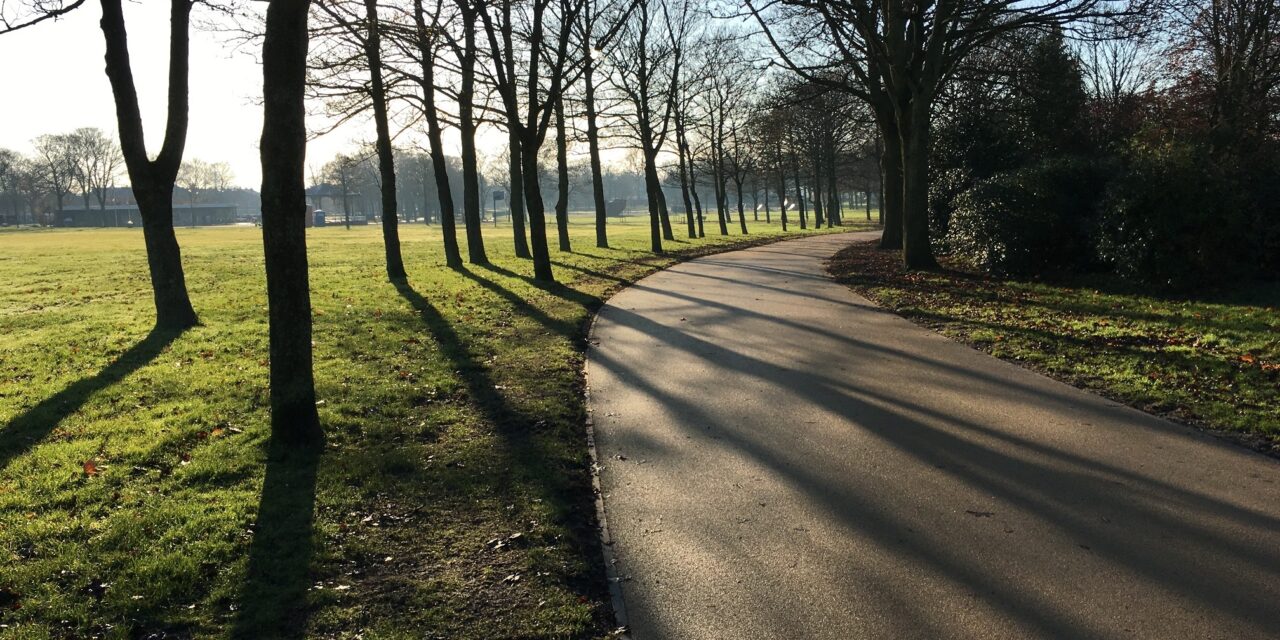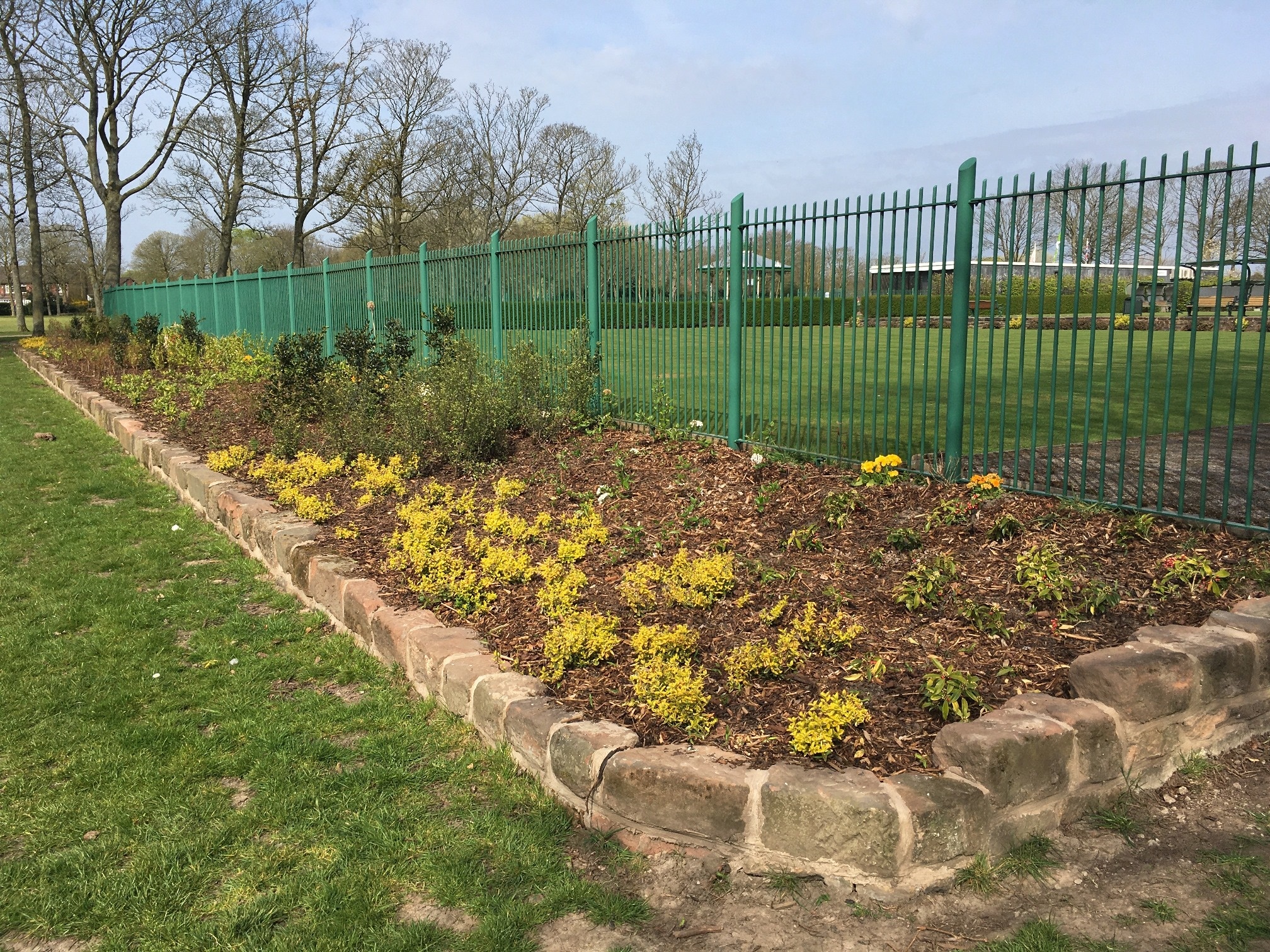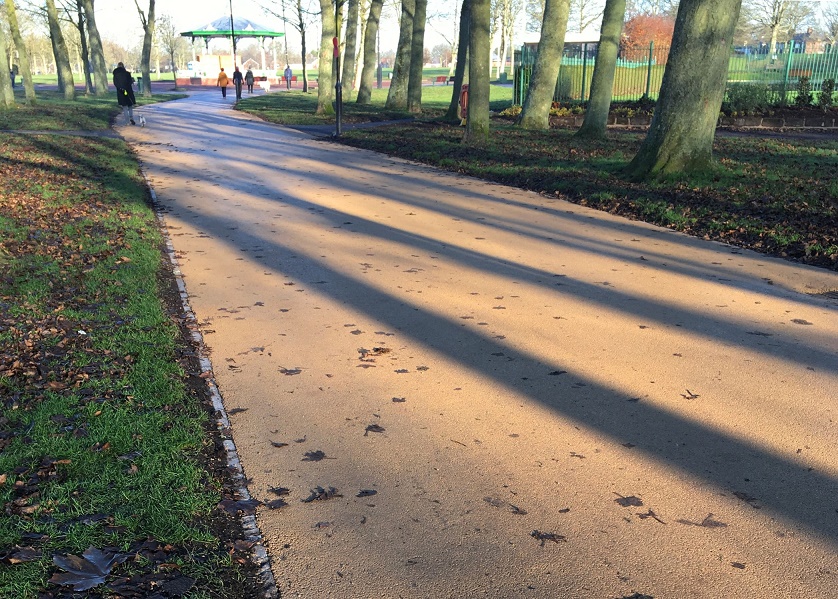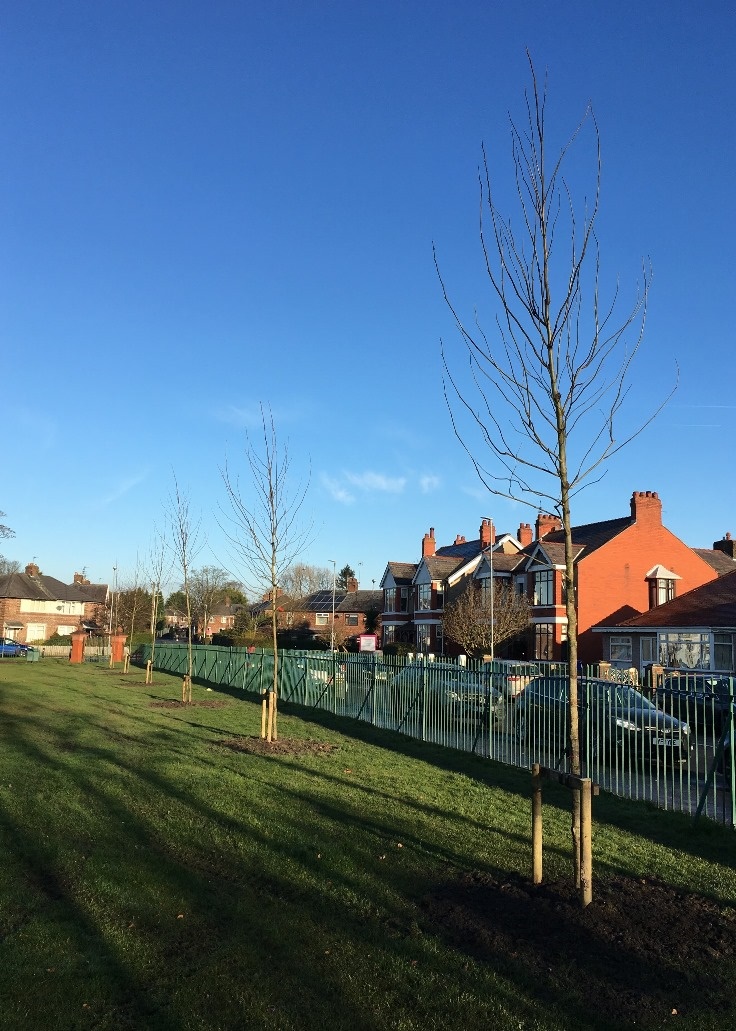Visitors to Victoria Park may have noticed some improvements, with an extra 73 trees planted, enhanced/replanted shrub beds by the bowling greens and paths improved for walkers and cyclists.
The Liverpool City Region Sustainable Urban Development project provided £205k for the work.
It is hoped it will provide a ‘green corridor’ to Widnes Town Centre and the refurbished Silver Jubilee Bridge
Halton Borough Council began construction of the Victoria Park section of the route in October last year and completed the bulk of the works before Christmas.
The contractor finished laying those those areas last week, making it a lot more pleasant for people to use., appropriately during our #LoveHaltonsParks campaign.
Cash came from the European Regional Development Fund (ERDF) via the Liverpool City Region’s Sustainable Urban Development (SUD) programme.
It’s the first phase of a potential 600km key network of cycling and walking routes across the Liverpool City Region.
Metro Mayor, Steve Rotheram, and the Liverpool City Region Combined Authority ratified the £8.3m funding for the first 55km phase of the network– including a Sefton route– at its meeting in December 2018.
The 7.4km route between Prescot and Runcorn will link key employment and housing sites at Halsnead and Cronton Colliery with Widnes and Runcorn over the refurbished Silver Jubilee Bridge.
The proposed 600km cycling and walking network is based on upgrades to around 31 key routes across the Liverpool City Region over the next 10 years.
Cllr Stan Hill, Halton Council’s Executive Board Member for Transportation, welcomed the work: “Halton will benefit from this investment by improving the sustainable links between North Widnes to the Silver Jubilee Bridge by formalising a cycle and walking route via Victoria Park, whilst also creating a green corridor towards Widnes Town Centre.
“This work complements the wider investment to create an attractive cycling and walking network for the residents and visitors to the borough.”
The network will be planned on a whole city region basis, both improving links to the public transport network and between residential areas, employment, training and retail sites.
Two thirds of all journeys in the city region are less than five kilometres but half of those are made by car. Through the Local Journeys Strategy, Steve Rotheram and the Combined Authority recognise that getting the infrastructure right is key to encouraging people out of their cars, particularly for shorter journeys.
The cycling and walking network is one of the first actions bringing the Local Journeys Strategy to life. Making places walking and cycling-friendly not only reduces congestion, improves air quality and brings significant health benefits, it also has wider economic benefits – boosting inward investment and attracting new talent by helping create the places that people want to live and work in.
Said Metro Mayor, Steve Rotheram: “There are also wider benefits to the economy. Safe, pleasant cycling and walking areas, linking well to public transport and key locations, help create those places where people want to live, work and invest. And if you are walking or cycling you are not sitting in traffic clocking up lost working hours– something that benefits employees and employers.
The programme will also see the management of new wood and grassland areas and the planting of trees alongside the routes.
In addition, the funding will support a new pilot project by Liverpool John Moores University, trialling innovative methods of collecting cycle and walking trip data and the development of a cycling app and journey planner.
The LCR Transport Partnership was successfully awarded £8.3m ERDF Sustainable Urban Development (SUD) funding for the first phase of the cycling and walking network, with the LCR Combined Authority giving approval to draw down this funding. Match funding for the project is being sought from the Transforming Cities Fund and other contributions will come from the LCR CA’s constituent local authorities.





